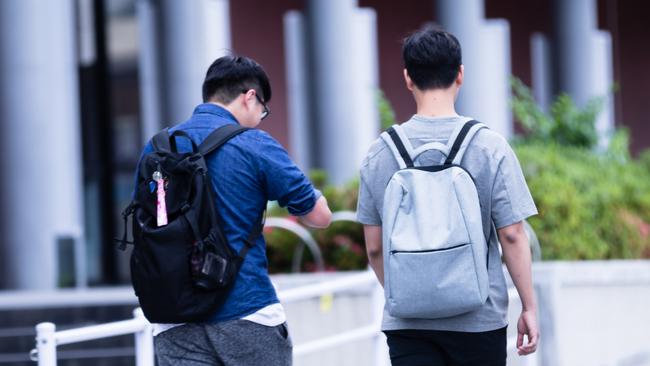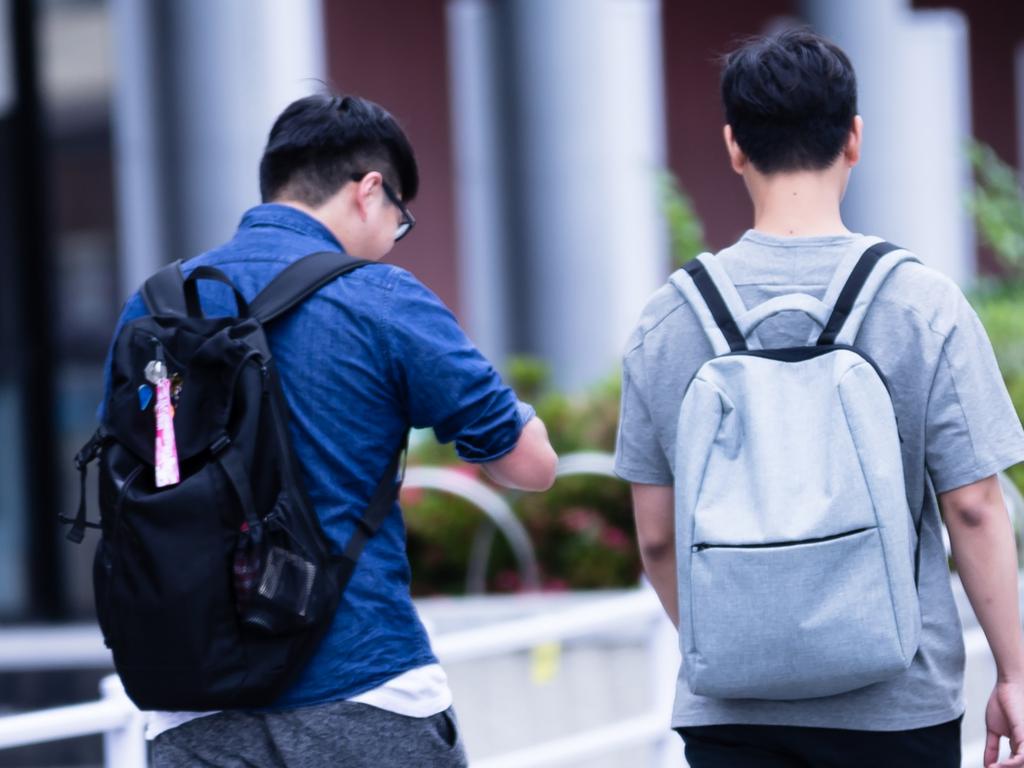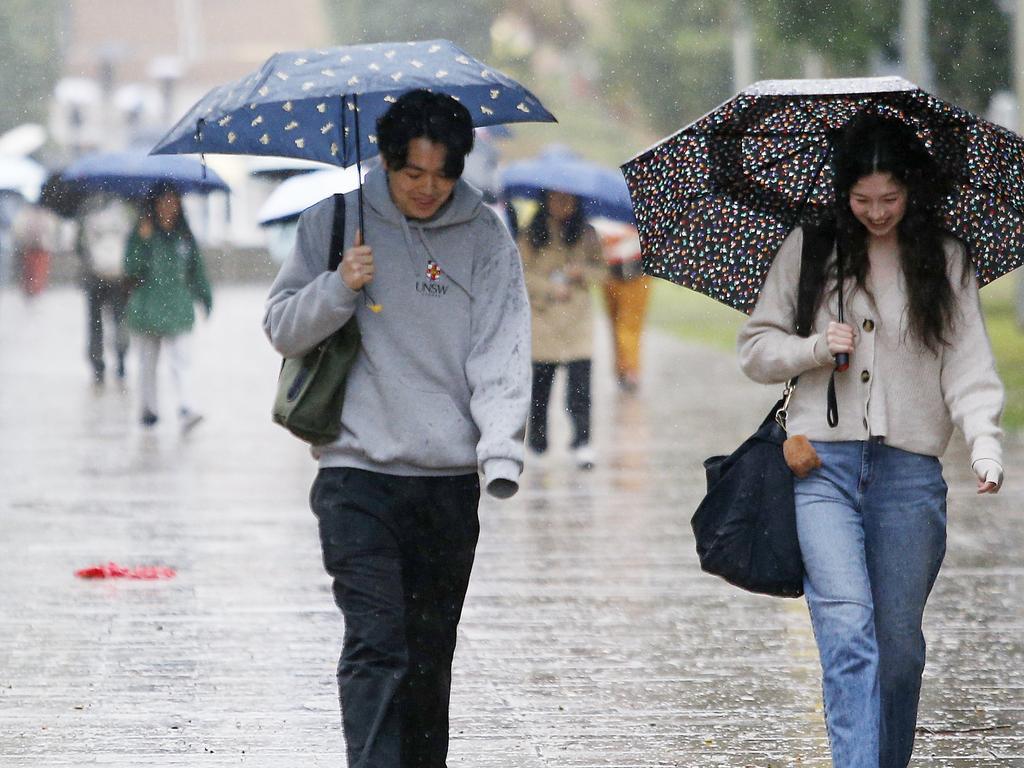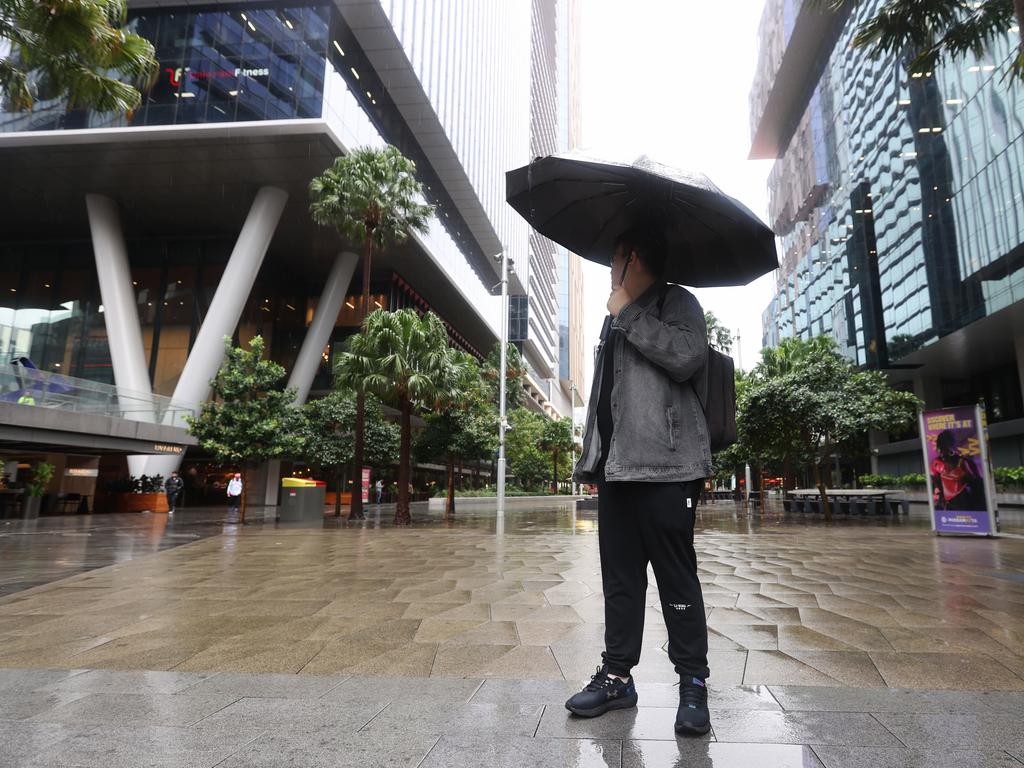Election 2025: Student visas dive as ‘de facto cap’ takes effect
The number of international students who applied for and were granted a student visa has fallen dramatically, in the first indication the measure, largely targeting Chinese students, is working.

The number of international students who applied for and were granted a student visa in the first two months of 2025 fell dramatically on previous years, in the first indication the government’s “de facto cap”, largely targeting Chinese students, is working.
There were almost half the number of student visa applications in January 2025 compared to 2024 and 2023, with a similar number of students maintained in February.
But it may have come too late for the Albanese government to win back voters on migration, as competing figures show the number of student visa holders arriving in the country in February was the highest for any month on record as a result of huge numbers of continuing students, a fact seized on by the Coalition.
More than 26,660 students applied to study in Australia in January, compared to about 49,370 in 2024, 49,250 in 2023, and 41,530 pre-Covid in 2019.
There were also more than 28,330 total visas granted in January 2025, compared to about 34,120 in 2024, 44,400 in 2023, and 37,355 in 2019. This was starker when looking at higher education alone, minus vocational education.
The numbers for February were also maintained at lower levels than previous years.
Higher education expert Andrew Norton said the new Ministerial Direction 111 – which came into effect in November and which slows down offshore student visa processing once a tertiary institution gets close to a mathematically calculated target set by the government – was the “single biggest factor here to explain it”.
It replaced controversial Ministerial Direction 107 that largely affected regional university commencements over sandstone universities.
“Overall, higher education seemed surprisingly resilient in 2024 … but particularly January and February, applications are looking pretty low compared to comparator years,” he said. “And this is also the first couple of months where de facto caps have been in place.”
He said Group of Eight universities, who had “reliant markets” such as large cohorts from China, had likely “reduced their offers”, which meant that fewer visa applications were going into the system. “It’s a delayed effect of all the changes,” he said.
“Some students or prospective students last year had already made up their mind about what they wanted to do … but for the new year, they looked at the policies of last year and said I’m not going to Australia,” he said.
“Ministerial Direction 111 is the single biggest factor here to explain it, if the government is looking for a justification for the caps … The Chinese market is not sufficiently deterred by migration policy changes to radically reduce numbers, and so that’s what the caps are going to do.”
There was also a level of uncertainty caused by the government’s inability to pass legislation on international student caps.
He said while the total number of foreign students in Australia was still at record levels, “it’s a sign that policies are heading in the right direction”.
“It will still take quite a while for numbers to drop, as people complete their course and leave.”
Ahead of the election and the federal budget, The Australian revealed Peter Dutton’s frontbench consulted the higher education sector on alternative models to cut back on international students, including capping overseas enrolments to 30 or 35 per cent of a university’s students.
The Coalition also canvassed other models to curb overseas students, including enforcing a certain percentage limit below the number of international students enrolled in a previous year.
After the Coalition torpedoed Labor’s legislation capping international students to 270,000 in November over concerns the framework was “chaotic and confused”, the Opposition Leader has stated his intention to pursue steeper caps if elected.
At the same time, new Australian Bureau of Statistics figures released on Tuesday revealed the number of student visa holders arriving in the country jumped from 80,830 in January to a provisional estimate of 201,490 last month, which would be the highest for any month on record.








To join the conversation, please log in. Don't have an account? Register
Join the conversation, you are commenting as Logout